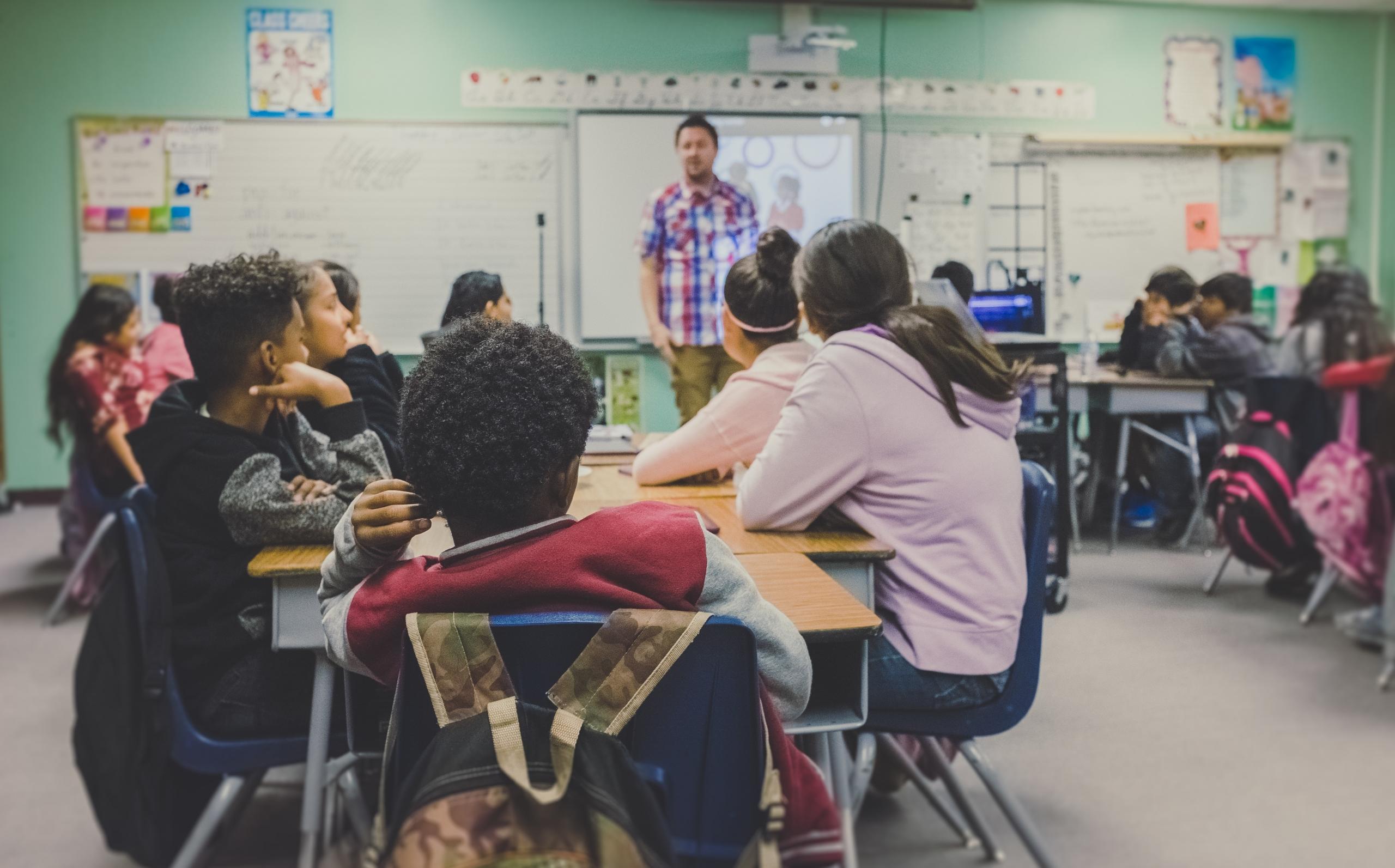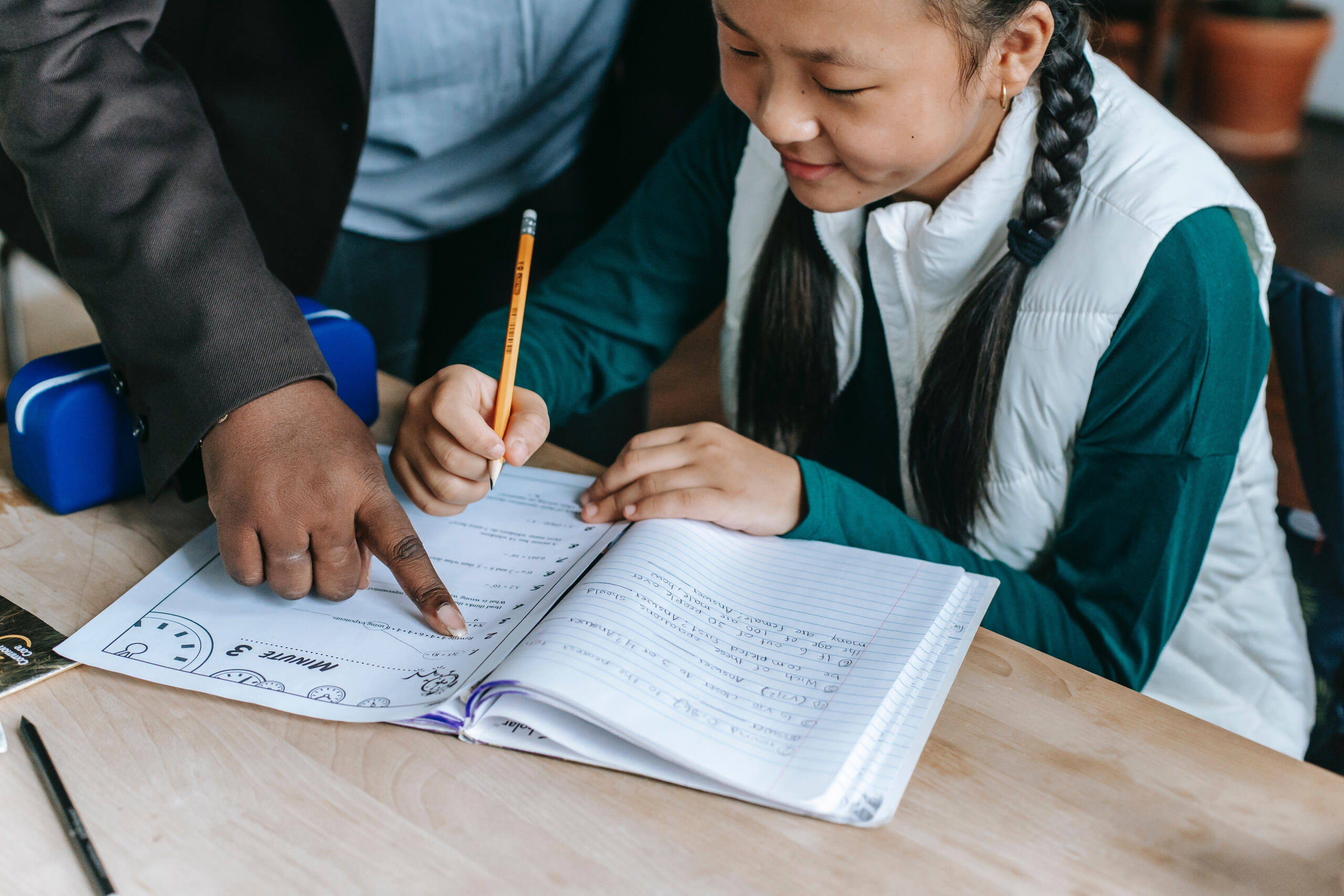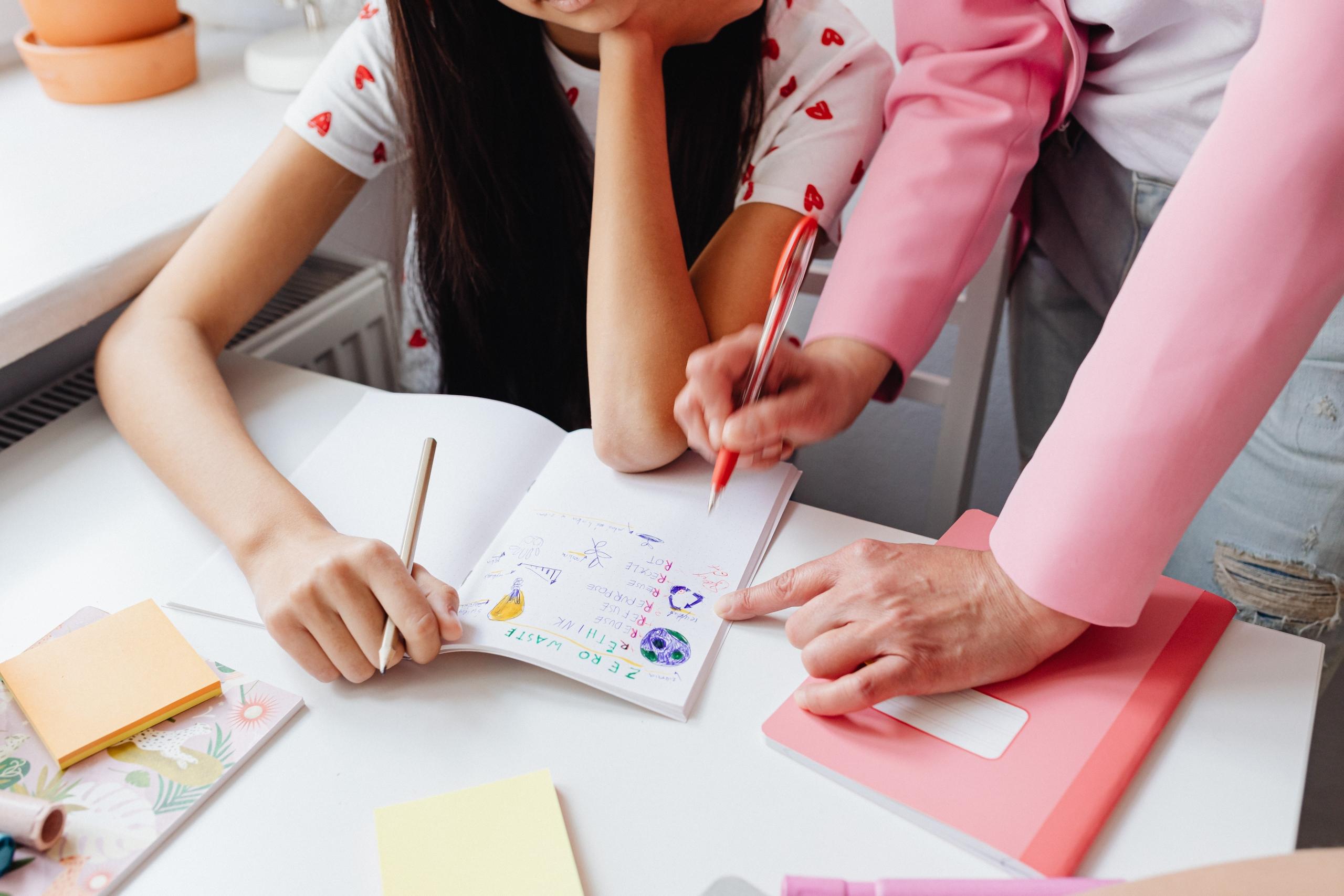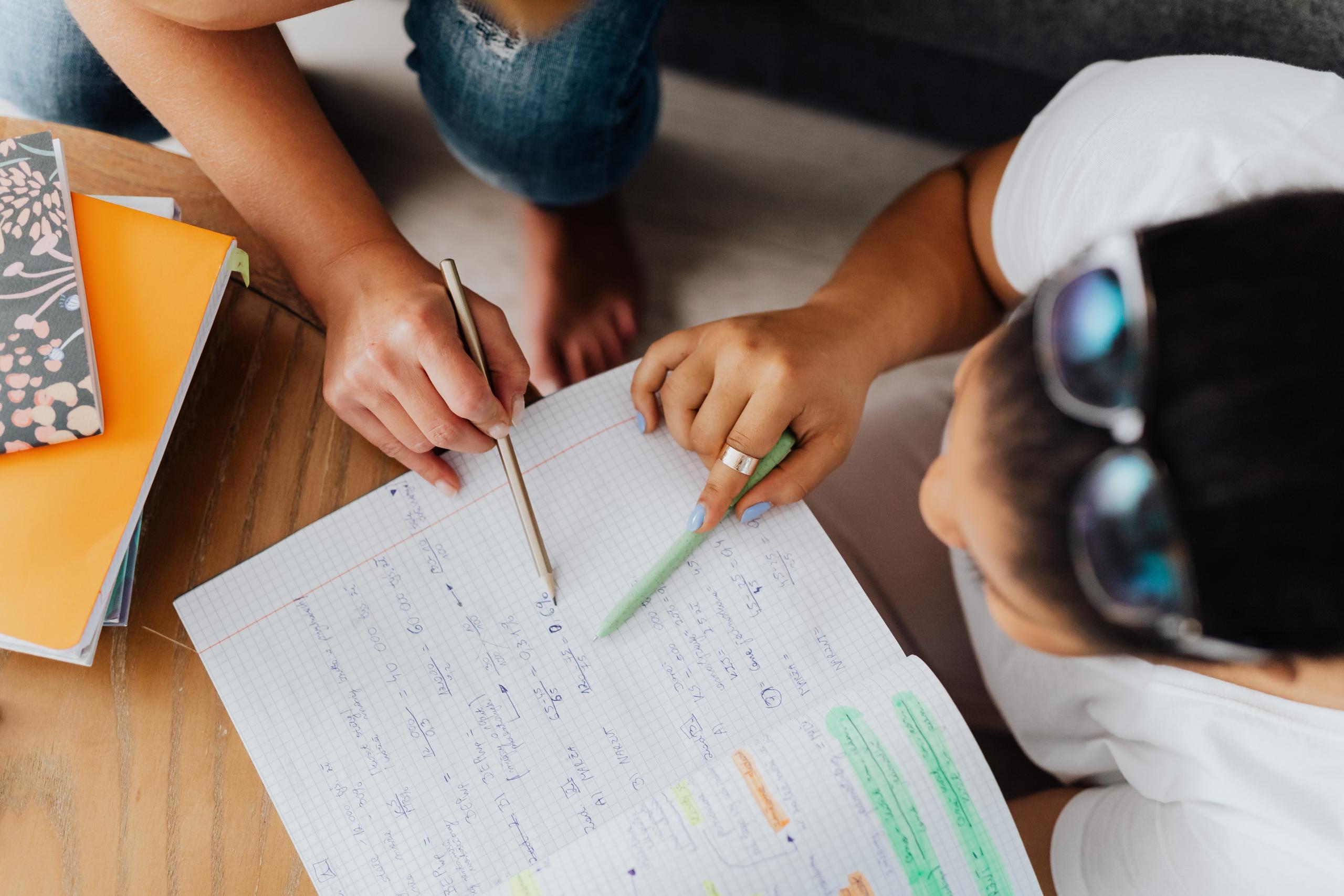Technology has brought some significant changes to how we approach human connection, work and education. Today’s students are armed with information, knowledge and tech skills to help them thrive in a world that’s becoming more technology focussed.
It would almost be an injustice not to arm the leaders of tomorrow with the required technology skills to help them approach the future with confidence, exposure and agility. Educators and schools are turning to EdTech to not only help students become more accustomed to digital learning and research, but to also benefit the school, the teachers and even the parents.
EdTech – Using technology, hardware and software, in aid of education.
Unfortunately, the amount of tech exposure that students from third world, low income, countries get in classrooms is generally limited to ICT and computer-related subjects. That is if their school can afford any computers or tech.
As educators we’ll have to make more of an effort to weave the use of technology into our teaching to empower and upskill our learners. This can be challenging at times, but it provides exciting ways for students to learn, better learning management for schools, instructional technology to aid teachers and there are hundreds of other benefits for all involved once the student's education goes digital.
Let’s look at how everyone can benefit from the integration of technology into educational modalities, explore some examples of the educational technology tools you can use and learn how you can bring it into your classroom.
Want to give private lessons?
Join the Superprof community and share your knowledge with inquiring and motivated students.
The Benefits of Technology in Education
You don’t have to be a rocket scientist to notice how technology has influenced our daily lives. One of the greatest mutual benefits for educators is how it revolutionised the way in which we connect and communicate with each other.
Stakeholders Stay Connected and Informed
Today we can stay connected with each other even if we are hundreds of kilometres away with the help of the internet, social media, networking platforms and mobile phones. These technological innovations make remote learning something that was previously almost impossible.
With the help of e-learning and virtual platforms, teachers can now disseminate assignments and instruction to students regardless of their location. Learners can complete and submit it before the teacher marks it and provides feedback. All those steps can be conducted on one online platform, and some systems even create a snapshot view for parents to monitor their child’s progress.
Staying connected and informed is imperative to healthy relationships. Information communication can aid relationships in such a way that it brings real-time transparency into the picture. Teachers and schools can send information out, students can access what is required and parents can have peace of mind while having visibility around what’s going on. This is all possible and at everyone’s fingertips with the right application of the right technology.

Higher Levels of Student Engagement
We all had a great teacher who managed to keep our attention on a specific topic. They stimulated our curiosity and kept us engaged for longer, making us eager to learn more. This is an incredible skill, and if technology is used in a smart way it can capture a student’s attention or shift their focus to keep them engaged with a learning topic for longer.
Today’s learners have access to a plethora of multimedia stimulation. Their attention span is shorter and we’ll have to use technology and quality content in addition to our teaching skills to keep their attention for longer.
Technology also offers different avenues of learning for students. Information and academically driven learners can explore artificial intelligence and programming, analytical students can learn about data and math with the help of gamification and creative students can learn with pictures and other modalities that they find stimulating. All these were created to stimulate the development and learning of the students.
Independent learning is another invaluable and transferrable skill that students can gain when they use technology-based programs in learning environments. Through independent research projects, topic presentations or group assignments they’ll have the opportunity to use a broad variety in data, content, facts, pictures and maps as offered by the online world of technology.
They will also have to condense their findings, draw conclusions and present it in their own way, all additional indirect skills that students can use in the workplace one day because of their technological literacy.
Convenience and Efficiency for Teachers
We’ve already mentioned how technology can help teachers with the distribution, marking and provision of feedback around assignments. Above and beyond better communication, modern technology can improve the administrative duties of teachers by leaps and bounds.
Imagine the time you will save with a program doing the marking for you, collating marks and working out averages? Imagine you are able to keep track of assignments without having to manage any unnecessary conflict? Technology can give educators a snapshot of progress and performance and reporting to the school and parents becomes a much easier task.
Apps and software can also help teachers with the tricky task of instilling discipline into students. ClassDojo allows educators to create a easily trackable reward and merit system to help improve and encourage positive work while penalising them for late homework or bad behaviour. Students can keep track of their progress and contribute to a greater classroom goal if the educator wants to teach them about teamwork. Parents can also have visibility and know why certain points were subtracted.
Another useful example is Turnitin, a software application that checks assignments for plagiarism. It is impossible for teachers to know all the info on the internet, but once the student submit their assignment the program checks it and the teacher will see in the similarity report whether content was copied and any disciplinary steps are required.

The Best Educational Technology Resources for Teachers
Technology changes and advances all the time and finding the best teacher tech to use will be an ongoing journey. A good phone and laptop is almost a given to aid teachers in their work, but there are other tools and apps that can make teaching with technology a pleasant experience for teachers. Here are some great software and applications that teachers can use in their EdTech classes.
Edmodo
Edmodo was created to try and simulate a classroom environment, online. Teachers can share lesson content, create quizzes and assignment and provide information to students and parents. It is also an incredibly useful to keep students engaged with a topic long after their class have finished.
Flip Grid
This app and website is a handy tool to facilitate video discussions in your classroom. With an interactive message board design, teachers can post a topic or questions on it while students respond in groups or individually. The tiled grid display of the various responses is the reason for its name and this is useful for remote discussions around a specific topic.
Headspace
Didn’t you wish you learnt mindfulness at a young age? Headspace created different modalities and meditations to help children and learners of all ages cope better with stress. The ability to live a happier, mindful and more aware life could be one of the greatest gifts you ever give your students.
Kahoot!
This is one of the most popular technology learning solutions as it makes learning fun through gamification. Teachers can design multiple choice quizzes in almost any language and use creative solutions to make learning an adventure for learners of all ages.
TED Ed and YouTube
Today’s generations like audio-visual modalities for learning. YouTube is a video resource with hundreds of videos on almost any topic. TED Ed has inspirational and fun content to help educators and whether you are seeking a hook for a lesson, supplementary content to courses, something to break the flow of the class or simply inspiration, these two will certainly have content that learners and students can benefit from.
Read this article if you're interested in learning about other educational tools like the interactive whiteboard.

Integrating Technology Into the Classroom
It’s important for educators to realise how the technology they choose should be fit for purpose. It can seem like a challenging task, but whenever in doubt you have to question your reasons for wanting a specific type or application of technology included?
Test the technology yourself, get a couple of friends, fellow-teachers or students to try it out to give their input and feedback. As teacher you are well versed in checking whether a certain learning modality delivers results related to the learning objectives you hoped for. Also be sure you keep your hand on the pulse whenever you try something new.
The more buy-in you can get around the technology you want to use, the better it will be for all parties involved. Students will be more engaged if they know what to expect and the reasons for using a specific type of technology.
Technology can also be gradually introduced in small bursts. Maybe start by using learning games before bringing tech into research projects and getting multiple learners involved in using the same technology. Previous exposure to computers and technology will very much determine how best to approach the introduction to students, so be sure you understand your class and their technical capabilities.
Don’t just use technology because we think it’s a great idea. Research it, test it and see how small additions to your current learning modalities will impact the lives of students, parents and yourself.
You play a significant part in their future, let technology help you and one day they’ll thank you for setting them up for sailing through higher education institutions or landing their dream job.
Want to give private lessons?
Join the Superprof community and share your knowledge with inquiring and motivated students.














